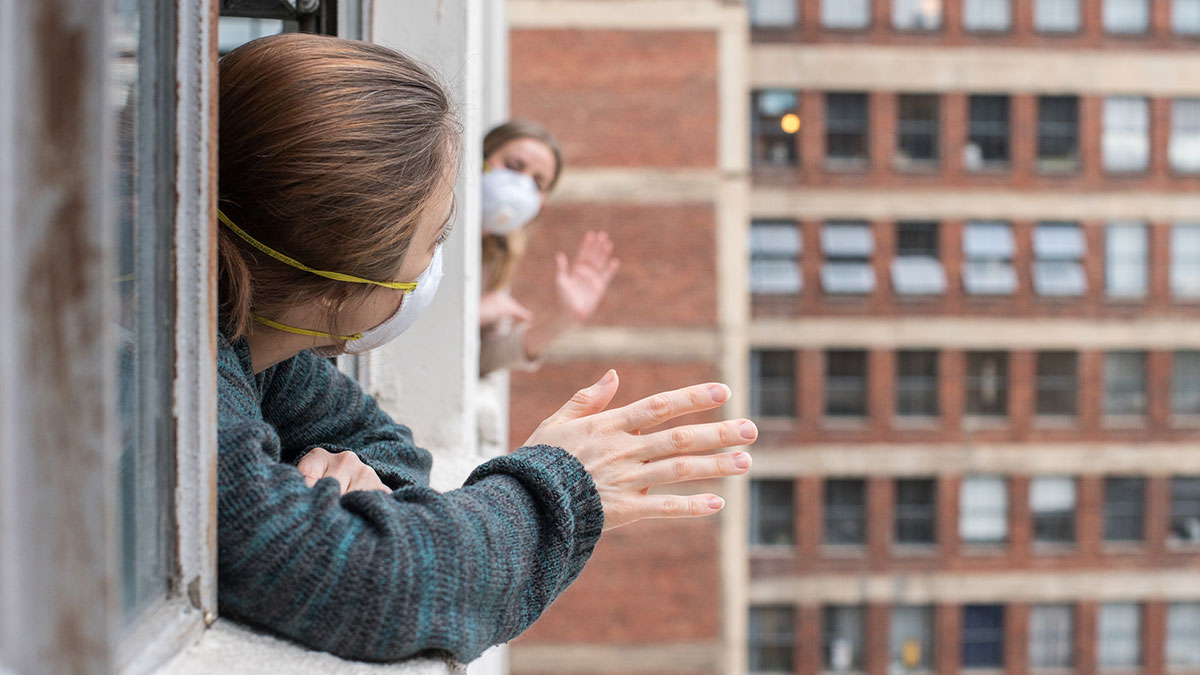Risky drinking has been a public health concern in the U.S. for decades, but the significant increase in retail alcohol sales following COVID-19 pandemic stay-at-home orders in particular raised red flags for alcohol researchers. New research has assessed changes in alcohol drinking patterns from before to after the enactment of stay-at-home orders. These results and others will be shared at the 44th annual scientific meeting of the Research Society on Alcoholism (RSA), which will be held virtually this year from the 19th – 23rd of June 2021 due to the COVID-19 pandemic.
Tag: stay-at-home order
Stay-at-home orders tied to an increase in harmful alcohol consumption, study finds
Binge drinkers increased their alcohol consumption by nearly 20% during COVID-19 stay-at-home orders, according to new research by public health experts at The University of Texas Health Science Center at Houston (UTHealth). Their study, published in the American Journal of Drug and Alcohol Abuse, is one of the first to analyze the association of stress caused by the pandemic and dangerous alcohol consumption.
Alcohol Use Increases among People Living with HIV during Stay-at-home Order
Researchers at Louisiana State University Health Sciences Center in New Orleans honed in on one population particularly at risk during the pandemic: people living with HIV with at-risk alcohol use. They surveyed 80 people living with HIV in Louisiana during that state’s stay-at-home order, recruiting participants from the ongoing longitudinal Aging in Louisiana: Immunosenescence, HIV and Socioenvironmental Factors-Exercise (ALIVE-Ex) study.
How the Pandemic Has Changed Our Exercise Habits in (Sometimes) Positive Ways
The health disruptions caused by COVID-19 reverberate even beyond those who have contracted SARS-CoV-2. As the pandemic triggers moves to limit contact and thus transmission, many have found their daily routines, including their exercise habits, changing. The World Health Organization (WHO) recommends adults between 18 and 64 get at least 150 minutes of moderate-intensity exercise a week. WHO identifies physical inactivity as the “fourth leading risk factor for global mortality” and attributes approximately 3.2 million deaths a year to insufficient physical activity.
Americans’ Responses to Covid-19 Stay-Home Orders Differed According to Population Density
Americans strongly reduced their visits to grocery stores, pharmacies, and transit stations following stay-at-home orders from mayors and governors earlier this year, but did not reduce their visits to parks and beaches.

Self-regulation prime reason for slowed mobility during coronavirus lockdown, experts say
To get a clearer picture of people’s mobility in the U.S. during the lockdown period, Notre Dame researchers gathered and analyzed all U.S. coronavirus-related state and local orders and compared them with geolocation data collected across 40 million cellular devices that have opted-in to location sharing services.
Is the air getting cleaner during the COVID-19 pandemic?
Using air quality data from U.S. Environmental Protection Agency monitors across the U.S., a UW-led team looked for changes in two common pollutants over the course of 2020.

Public Disclosure of COVID-19 Cases Is More Effective than Lockdowns
South Korea is a standout in the current battle against COVID-19, largely due to its widespread testing and contact tracing; however, key to its innovation is publicly disclosing detailed information on the individuals who test positive for COVID-19.